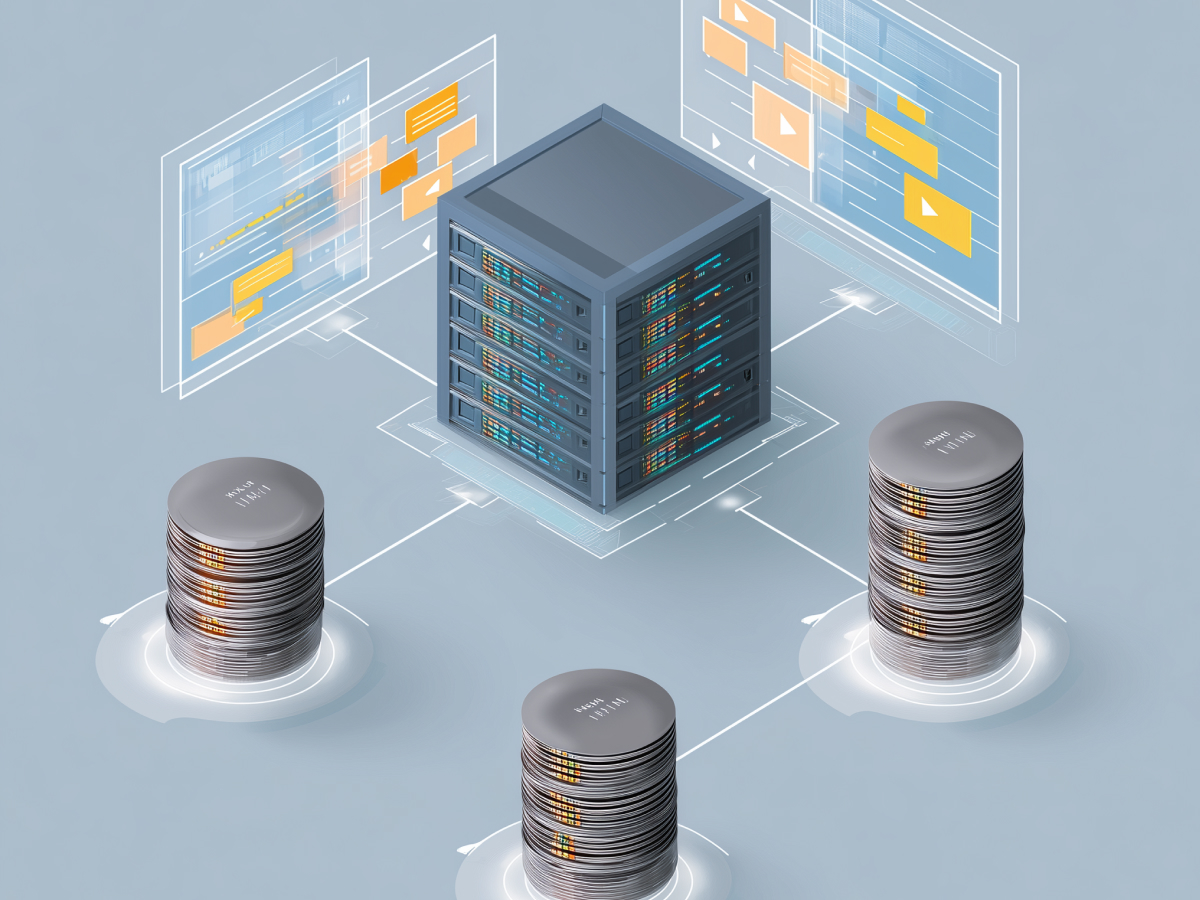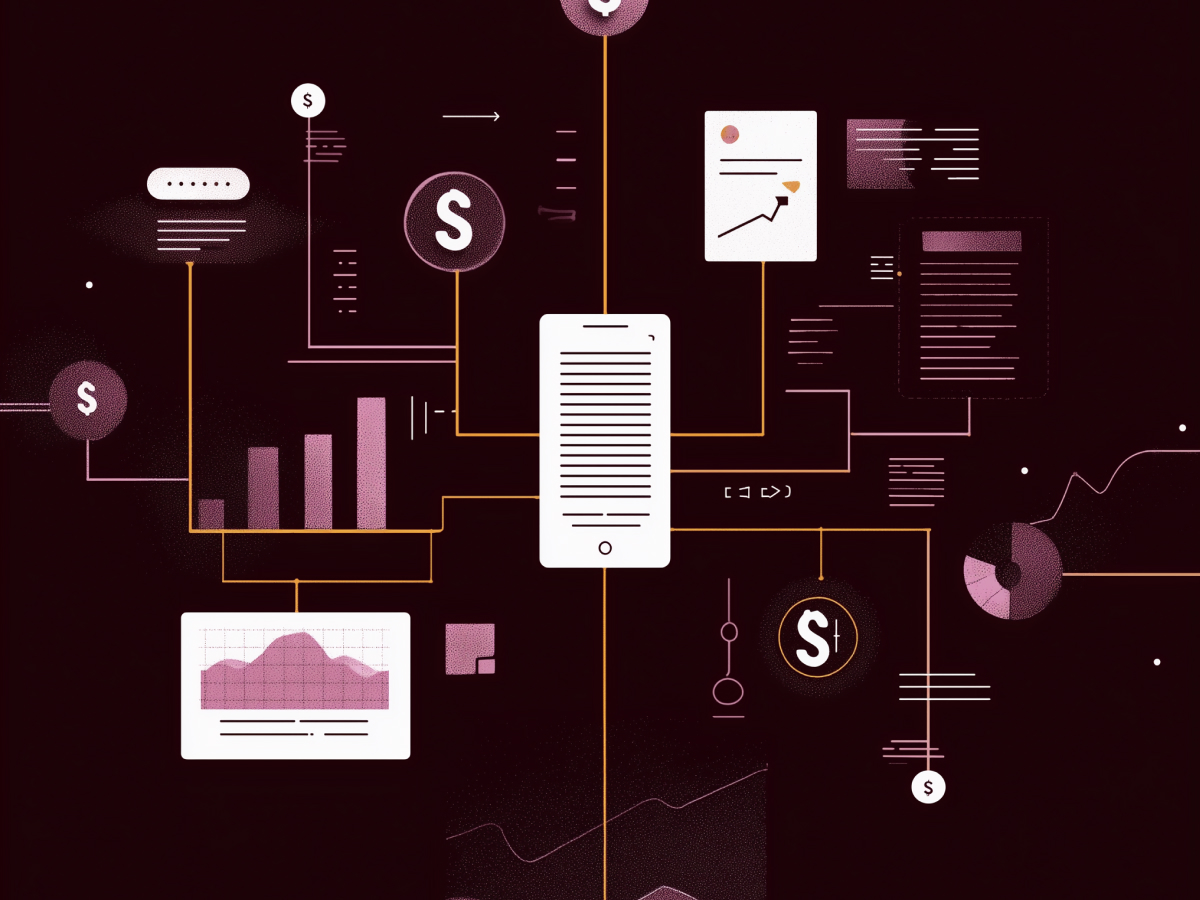1. Agentic AI
Agentic AI is a turning point. We’re going from tools that respond based on inputs to systems that can think, adapt, and act with autonomy. That matters, especially for enterprises looking to scale decision-making and align systems with human-level reasoning at speed and scale.
What’s happening now is that AI, with tools like large language models (LLMs), is learning to reason in real-time. It’s combining inputs, evaluating different paths, and making decisions that mimic how people think, without the cognitive fatigue. These are AI systems that use new techniques like LLMs as critics to self-correct, reasoning models that enable logic-based steps, and advanced memory and retrieval processes that give AI context across interactions. That’s a major jump forward in function and usefulness.
This kind of AI is already being deployed in experimental platforms and is rolling out faster than most companies can digest. Whether you run logistics, manage a global workforce, or build consumer products, agentic AI will do more than just automate. It’ll start collaborating.
Now, let’s be clear about what this means for leadership. Autonomy in software isn’t the same as outsourcing decision-making. C-suite leaders need to quickly understand the capabilities and risks. This tech will influence everything from customer resolution speed to strategic forecasting. Boards will expect fewer blind spots. You’ll have AI-powered systems offering options daily, some right, some wrong, but unlike people, they’ll learn instantly from feedback.
What matters now is how you build oversight into systems before they’re widespread. Companies waiting to get perfect end-state roadmaps will be outspent and outperformed by the ones experimenting in phases right now.
Brian Hopkins, VP of Emerging Technology and Principal Analyst at Forrester, puts this evolution into focus. He says agentic AI combines “reasoning models, LLMs as critics, advanced retrieval methods, and novel model engineering techniques” and the outcome is AI capable of broader autonomy with performance consistency that meets enterprise-grade standards.
At this stage, smart companies are investing in the capability. You need the infrastructure, the compliance tools, and most importantly, the internal capabilities to work alongside these evolving systems. What we’re seeing now is the start of a long-term shift in how organizations operate. Agentic AI will become part of core decision frameworks.
2. Synthetic data
Synthetic data is turning into a foundational asset for building and scaling AI. In every major enterprise, data has always been a strategic factor, but now, how that data is generated carries just as much weight as how it’s used. Generating artificial datasets that mimic real-world scenarios with precision allows teams to train, test, and optimize models without breaching privacy or waiting for clean, labeled data to appear.
Companies are already using synthetic data to elevate the performance of their AI models, especially those powering agentic systems and large-scale machine learning architectures. It allows models to access edge cases, balance datasets to reduce bias, and learn from volumes of information that are too sensitive or too scarce to be available otherwise. For AI to evolve in accuracy and breadth, particularly in mission-critical workflows, it needs data that is flexible, scalable, and risk-managed. Synthetic data checks all three boxes.
Industries where data risk or sensitivity is high, financial services, insurance, healthcare, and government, are already adopting synthetic data to gain more control. In these sectors, mistakes cost more, and oversight is tighter. Regulatory frameworks demand compliance, traceability, and reduced exposure. Synthetic data addresses both legal expectations and operational performance. It enables AI to be smarter without being riskier.
For executives, the path is clear but needs structure. Synthetic data isn’t something to bolt on haphazardly. You need governance models, customized generation pipelines, domain-specific control mechanisms, and testing environments that simulate real complexity. And you need people, not just tools, capable of understanding where this data creates leverage across AI, analytics, and product design.
With the rise of agentic AI, synthetic data has become what gives your systems the data volume, variance, and safety they need to evolve. For businesses ready to move with speed across AI, this is a critical point of investment.
3. Humanoid robots
We’re starting to see real signals that humanoid robots are crossing out of research labs and into viable business use. The systems behind these robots are becoming scalable, and the technology stack, from sensors to AI-driven visual and language reasoning, is finally optimized for deployment.
Consider what’s changed. The cost of core components, robotic actuators, sensors, and power systems, has dropped. That’s made prototyping and manufacturing far more efficient. At the same time, advances in AI, particularly in perception and decision-making, have drastically improved what these machines can do on the ground. They’re not just running pre-programmed routines. They’re navigating dynamic environments, communicating in natural language, and responding to input with context.
Brian Hopkins, Vice President of Emerging Technology and Principal Analyst at Forrester, explains that humanoid robots are now capable of working alongside humans in both industrial and consumer settings. He emphasizes that 2025 is the tipping point, where actual integration into the workforce begins shifting from theory to implementation.
Mainstream industries, manufacturing, logistics, retail, and healthcare, are preparing for robots to augment roles that rely on continuity, precision, and repetitive tasks. The next 5 to 10 years will see millions of enterprise-bound robots entering the global workforce. These systems are increasing overall capacity. This is economic reconfiguration. Workforce planning, retraining budgets, and operational metrics are going to evolve around human-machine collaboration.
At the board level, this shift raises serious questions: What’s the long-view people strategy? Where do humans contribute most value? What regulatory oversight will apply to employee-like systems operating in public spaces?
We’re moving into a transition period where leaders need to identify the right use cases and design operating models that integrate robot labor without breaking team workflows, safety protocols, or customer experience. Failing to prepare for this shift may not hurt in Q1, but it will by the next planning cycle.
The groundwork must begin now, secure the infrastructure, pilot in controlled environments, and match each deployment to a measurable business value. This is about being ready when these platforms hit productivity-grade reliability.
Categorizing emerging technologies helps organizations investment
For any executive making decisions on tech investment, clarity on timeline is everything. You need to know which technologies are deployable now, which require structured experimentation, and which will redefine operations in five to ten years. Forrester’s strategic segmentation of emerging technologies, short-term (1–2 years), mid-term (2–5 years), and long-term (5+ years)—gives businesses this practical framework to plan budgets, resources, and execution.
In the short-term category, agentic AI, synthetic data, and IoT security are already returning measurable value and can be prioritized immediately. These are technologies that offer clear ROI within 24 months, provided there’s operational readiness. They don’t require blue-sky thinking, they require decisive application.
Mid-term technologies, including edge intelligence, autonomous mobility, and quantum security, are promising but face integration and scaling challenges. These technologies are on track to mature, but most organizations aren’t equipped to roll them out without redesigning core infrastructure or overcoming unresolved regulatory standards. C-suites need to monitor these areas while investing in internal capabilities that will pay off once deployment barriers are lower.
Long-term bets, like humanoid robots, aren’t speculative anymore. They’re progressing faster than expected, but they’re still several years away from driving continuous enterprise-grade returns. The mistake would be to either dismiss them completely or over-invest now. What’s required is structured foresight: aligning R&D teams, evaluating early use cases, and preparing workforce and legal frameworks ahead of time.
This timeline-based view also helps companies balance innovation and risk. Overcommitting to unproven tech stretches teams and budgets. Avoiding it entirely limits potential growth. With clearly defined groupings, executive leaders can stage investments based on readiness, not hype, and move forward with a clear tech portfolio strategy.
Business models are shifting, and technology pacing is accelerating. Systems that once took a decade to deploy now reach maturity in one product cycle. That compressed window means prioritization can’t be reactive. It has to be based on weighted opportunity, supported by execution timelines that match real-world conditions.
For organizations looking to stay competitive, Forrester’s approach provides a disciplined structure to act fast where there’s proven value and think longer where strategic patience is required. The key is knowing where each technology sits on that curve and aligning teams to act accordingly.
Main highlights
- Prioritize Agentic AI for scalable autonomy: Agentic AI combines reasoning models, LLM-based critics, and advanced retrieval methods to create systems that make complex decisions independently. Leaders should invest in pilot programs now to build the internal capabilities these systems require.
- Leverage synthetic data to improve AI performance and compliance: Synthetic data reduces bias, enhances model accuracy, and supports privacy in sensitive sectors like finance, healthcare, and government. Executives should integrate synthetic data into AI training pipelines to accelerate safe deployment.
- Prepare for humanoid robots in operational roles: Cost drops in hardware and major advances in AI reasoning have pushed humanoid robots closer to workforce integration. Organizations must evaluate workforce strategies and regulatory frameworks to stay ahead of this shift.
- Use tech adoption timelines to align investment strategy: Forrester’s short-, mid-, and long-term tech categories offer a practical roadmap for balancing ROI with innovation. Leaders should stage investments accordingly, focusing now on high-impact, near-term technologies while building readiness for long-term disruption.





